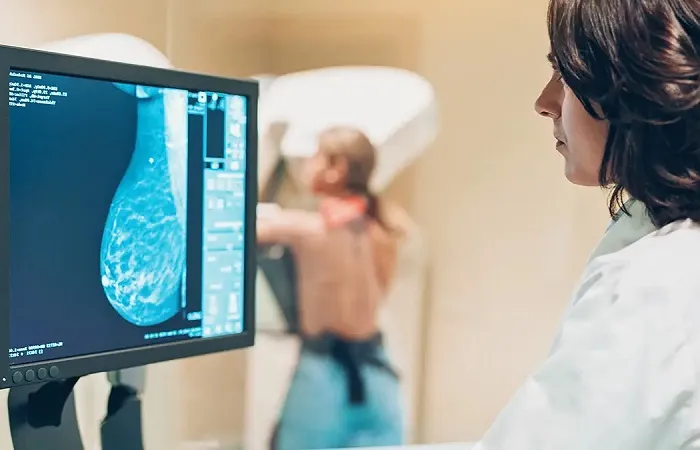A new study by Seoul National University Hospital (SNUH) shows that artificial intelligence (AI) can detect secondary breast cancer more accurately than experienced doctors. The research suggests AI could improve diagnosis and outcomes for cancer survivors.
Research Design and Patient Population
The Department of Radiology at SNUH, led by Professors Chang Jung-min and Ha Su-min, analyzed mammograms from 4,189 women who had undergone mastectomy. All images were of the patients’ remaining breast, which carries a higher risk of a new cancer.
Defining Secondary Breast Cancer
Secondary breast cancer refers to a new tumor in the opposite breast after the original cancer has been treated. Breast cancer is the most common cancer in women, and mastectomy patients face the risk of developing disease in their remaining breast.
Key Findings: AI Detects More Cancers
Overall Incidence: 2.7% of patients developed secondary cancer.
Detection Rates:
AI identified cancers in 1.74% of cases.
Radiologists identified cancers in 1.46% of cases.
Missed Cases: AI detected 16 of the 50 cancers (32%) that doctors missed.
Most of these missed cancers were early-stage (stage 1 or 2) or hormone receptor-positive tumors, which can be harder to spot on mammograms.
Expert Commentary and Limitations
“This study shows that AI software can effectively detect secondary cancers in the remaining breast after mastectomy,” said Professor Chang. She noted, however, that both AI and mammography have limits. Dense breast tissue can hide tumors, so magnetic resonance imaging (MRI) may be needed for thorough screening.
Implications for Cancer Survivors
By catching more secondary cancers early, AI-assisted screening could help survivors receive timely treatment. Future protocols may combine AI, mammography, and MRI to give the best chance of detecting new tumors.
Related topics:
- GC Aesthetics Launches 10-Year PERLE™ Implant Study
- Small Breasts Trend Thanks To ‘built-In Bras’, Says Surgeon
- Health Effects Of Cosmetic Surgery Reviewed By MPs


